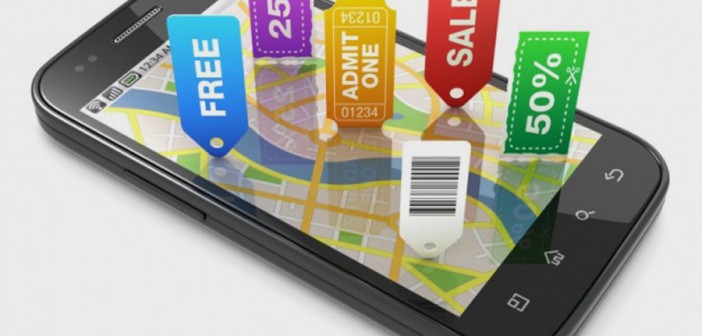Last year was another banner year for mobile.
Mobile search overtook desktop for the first time, heralding the smartphone as the connected digital device of choice. We also saw further market penetration for new mobile platforms such as wearables and mobile pay. The latter speaks to the degree in which mobile is making big strides in retail integration.
And this year, these technologies with retail potential will finally move past the launch phase, as retailers, brands and consumers alike continue to sort through the best use cases for each platform. With this in mind, 2016 will be the year we see just how these offerings can really shape the in-store experience.
Here are three mobile retail trends you should expect to see.
Mobile linked to in-store ROI
People are shopping and buying on a mobile device. That has always been clear. But mobile is now more concretely linked to driving in-store purchases, thanks to better in-house and third-party technology.
More retailers are able to appreciate the ROI of their mobile strategies than ever before, and the majority are looking to further their investment in mobile.
Additionally, important new technologies such as in-store beacons allow for generation of vast amounts of data in real time.
In the same ways that data from consumers’ digital behavior has revolutionized digital marketing, this new bricks-and-mortar behavior data will present new opportunities for in–store marketing.
Mobile pay means no more walled gardens
Like any new technology, mobile payments appear to be growing slowly. Awareness has risen 10 percent in the last year but adoption has only gained one percent.
Even with the slow growth, we are starting to see the category give rise to payment agnosticism.
Retailers understand that they need to accommodate the transaction any way their customers want to pay, and that the walled garden may ultimately not work for them.
This trend will only continue in the coming year as the benefits of mobile pay are more fully realized, and as both businesses and customers seek shopping efficiency.
Wearables integrations
Millennials are the most coveted audience among brand advertisers and retailers, and this year they grew to be larger than even the baby boomers. They are also the demographic most driving wearable adoption, owning 50 percent of that market.
To meet customer expectations within this group, retailers need to continue to integrate wearable devices in-store. That means more than just mobile pay via smart watch. It also means relevant proximity-based notifications via beacon technology, and more creative integrations that uniquely take advantage of the technology.
Other industries have developed wearable interactions that bring utility, convenience and delight to customers – from ordering Ubers to updates on changing airport gates.
Retailers have only scratched the surface to this point. Expect them to make creatively and effectively leveraging wearables a larger part of their strategy in the New Year.
Many questions about these platforms remain to be answered, and retailers are still exploring how best to integrate them into the retail customer’s journey. The potential of this technology is becoming clearer and both businesses and consumers stand to profit.




